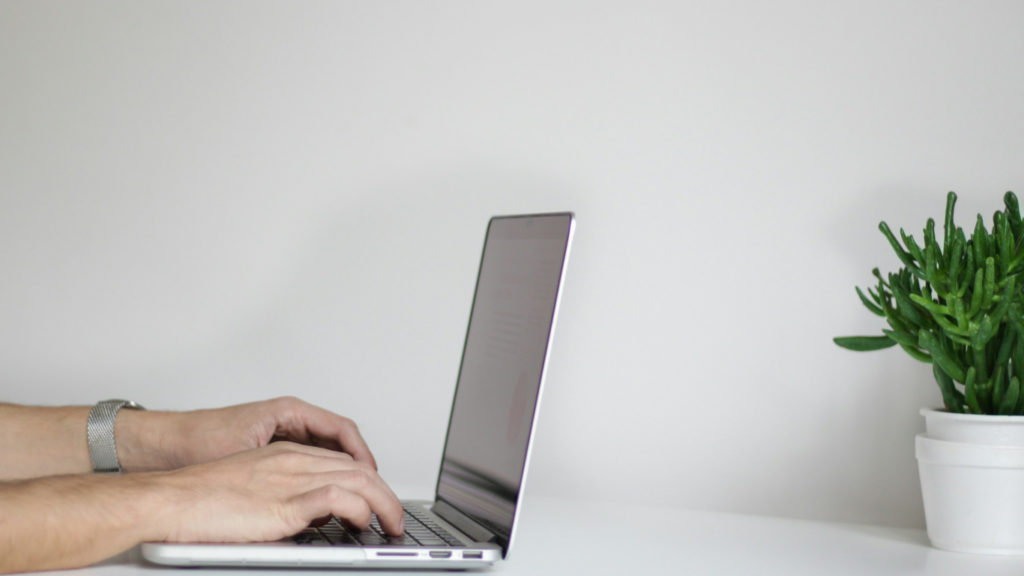
Effortless Support, Right at Your Fingertips
Designed for clarity and convenience—access comprehensive user manuals, FAQs, and email support for all your queries. We’re here to help you succeed, no phone required.

“Dedicated Support for Your Needs”
As a passionate developer and a one-person team, I am committed to providing you with the best possible support for all my utilities. To ensure effective and efficient assistance, I offer support exclusively through email.
Technical Documentation
“Get Started with Confidence”
Refer to the technical documents below to understand how to implement and make the most of my utilities. These resources are designed to guide you for seamless integration into your workflow.
Frequently Asked Questions
“Find Answers to Common Questions”
Explore the Frequently Asked Questions below to gain insights into using my utilities effectively.
A: CEDataReportDesigner, CEDataReport
B: CETimeSync
Q: Is CEDataReportDesigner (Report Designer) free to use, and are there any restrictions?
A: Absolutely. CEDataReportDesigner (Report Designer) is a free utility designed for creating Report Templates for HMI reporting. However, please note that for CEDataReport (Report Viewer), activation at the Graphic Terminal level is required to remove the ‘Sample Print’ watermark from the print output. Without the activation of CEDataReport, it will keep only present-day data.
Q: Is a demo application available for FTView ME, and what are its specifications?
A: Yes, a demo application for FTView ME is available with downloadable content. It is specifically developed for the PVP7 Performance Series-B, 7-inch display, and is compatible with the 15.100 firmware version.
Q: What printers are compatible with Graphic Terminal direct printing?
A: PCL 5 compatible, network printers are suitable for Graphic Terminal direct printing. We have successfully tested the following models:
HP LaserJet Pro M403n, HP LaserJet Pro M405n, HP LaserJet Pro M4004dn
Before purchasing a printer, ensure that ‘PCL 5’ or ‘PCL 5e’ is mentioned in the HP printer specifications.
Q: What are the printing options and settings for reports?
A: Printouts can be taken in A4 size only, either in portrait or landscape orientation. The left and top margins are fixed at 20 mm, and the report design unit is exclusively in millimeters. These settings have been standardized to simplify our initial utility development while maintaining a focus on graphic terminal printing functionality.
Q: What type of process reports does the current version of CEDataReport support?
A: The present version of CEDataReport is designed for continuous process-based reports. A batch process-based report viewer is under development and will be available soon.
Q: What is the structure of the backend database used in CEDataReport?
A: The CEDataReport utility uses a SQLite-based backend database with fixed tables and columns. It includes:
8 Process tables: Each table contains 10 analog data-type columns and 5 string data-type columns. A process report template page corresponds to one process table.
1 Alarm table: Designed to align with the columns found in its associated CSV log files, ensuring compatibility with reports.
1 Audit trail table: Similarly structured for suitability with audit trail log files and reporting functionality.
These fixed configurations help streamline report generation while maintaining compatibility with graphic terminal printing.
Q: What type of SD card is recommended for storing reports and archived databases?
A: It is recommended to use an industrial SD card (SLC type) if required. SLC-type SD cards offer the best performance and highest endurance. They are ideal for storing PDF reports and archived databases, helping to conserve the Graphic Terminal’s internal memory.
Q: Is any software installation required on the Graphic Terminal?
A: No, software installation is not required on the Graphic Terminal. Simply copy the ‘Sharadsoft’ folder from the downloadable content to the root directory of the Graphic Terminal’s internal memory.
Q: How can I optimize database management for the reporting utility on the Graphic Terminal?
A: Begin by understanding the Graphic Terminal’s folder structure relevant to the reporting utility, as detailed in the HMI-Report Quick Start Manual. Regularly back up the live database to the archive folder and clear the live database using the Database Management utility. Maintaining a smaller live database size helps ensure faster report retrieval on the Graphic Terminal. You can also access the Graphic Terminal’s internal memory through the workstation’s File Explorer for file management.
Q: What is CETimeSync, and are there any usage limitations?
A: CETimeSync is a utility designed to synchronize the Graphic Terminal time with an NTP Time Server. Without activation, you can perform up to 50 successful time synchronization attempts.
Disclaimer: The answers provided in this FAQ are based on our experience and information available online. While we strive for accuracy, our opinions may occasionally deviate from the facts. For comprehensive and in-depth information, please refer to the official documentation of the respective hardware/software owners.
YouTube Videos
“Learn Through Visuals”
Watch the videos below to get an overall idea of how to effectively use and implement my utilities. These tutorials are crafted to provide you with a broader understanding for seamless integration into your projects.
Have Suggestions or Queries?
“Start Here for Assistance/Suggestion”
Before reaching out, make the most of the resources available:
Technical Documentation: Understand the implementation and functionality of my utilities.
FAQ Section: Find answers to common questions and troubleshooting tips.
If your query isn’t resolved or you’d like to share suggestions, feel free to drop me an email. Your feedback is invaluable in helping us develop better solutions.
